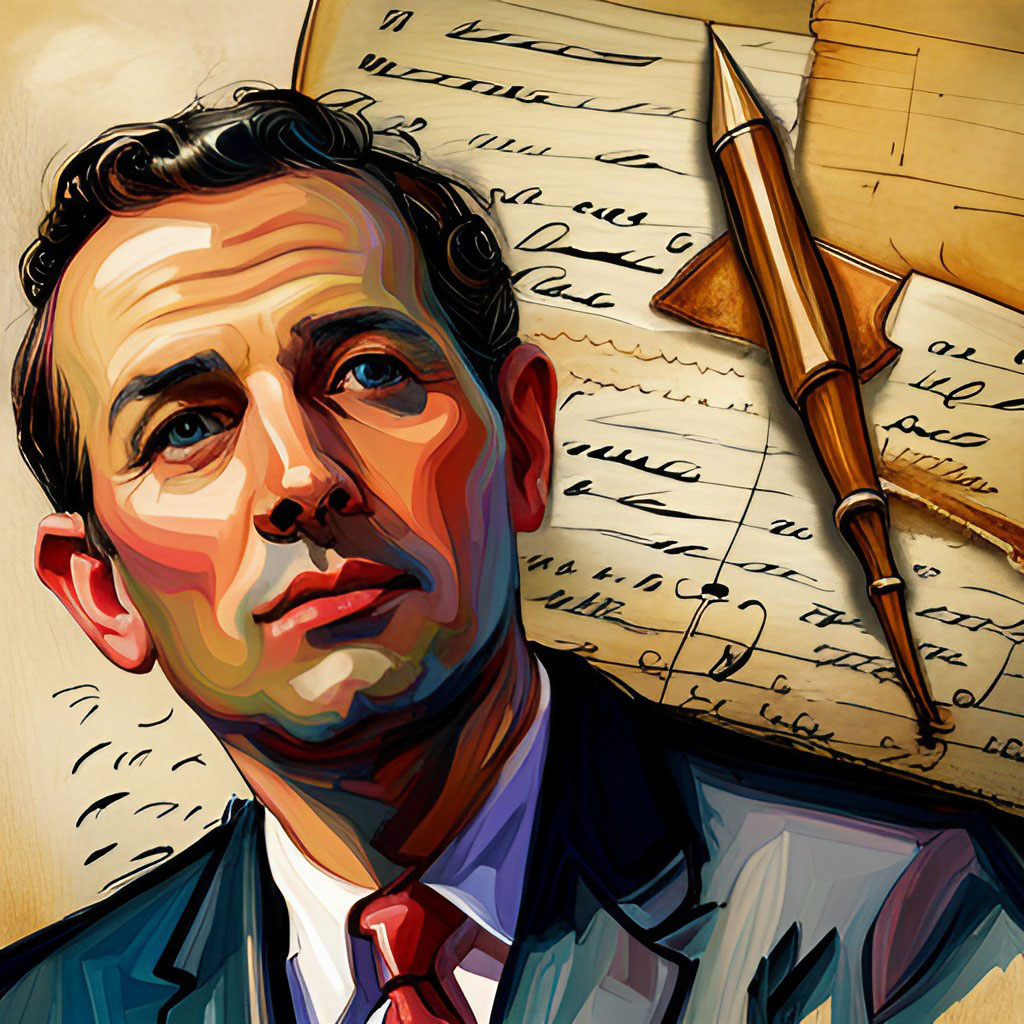Your cart is currently empty!

Navigating the Digital Preservation of Handwritten Journals: A Guide for Professionals
In the digital age, the task of preserving handwritten journals and personal manuscripts poses unique challenges and opportunities for professionals in the archival and preservation sector. We came across an inquiry on Facebook about converting approximately 20 copies of a client’s handwritten journals into a digital format sparked a rich conversation among industry experts. This article synthesizes their recommendations, offering insights into the various methods available for digitizing handwritten materials.
The Dilemma of Physical to Digital Conversion
The client, holding a decade’s worth of handwritten journals, faced the daunting task of digitizing these precious documents without losing the personal touch imbued in each page. The primary concern was finding a method that preserved the integrity of the journals while avoiding the tedious process of manual scanning.
Innovative Solutions from Industry Experts
Several professionals provided innovative solutions to this challenge, each presenting different approaches based on their expertise and experience:
- Non-Destructive Disassembly: One expert suggested exploring the possibility of a local bookbinder who could non-destructively disassemble the journals for scanning and then reassemble them. This method would maintain the original form of the journals while facilitating easier scanning.
- Specialized Scanning Services: One exper offered services specifically tailored for such tasks. Their approach involves careful handling and digitization of personal documents, making it an attractive option for those willing to ship their materials. It may be an option if you are looking for similar services: search online for specific document preservation companies.
- Mobile Solutions: Others introduced the idea of using portable technologies, such as iPads or overhead scanners, which can provide high-quality digital replicas without the need to physically alter the journals. This method is particularly appealing for preserving the journals’ bindings and overall structure.
- Professional Photo Scanning: Another also recommended professional photo scanning as a quick, efficient, and non-destructive way to digitize the journals. She highlighted the availability of professionals in various locations who specialize in this work.
- Library and Local Resources: Some proposed leveraging local resources, such as libraries or specialized businesses, that might have the necessary equipment and expertise to undertake such a project.
- Advanced Document Scanners: One expert advocated for the use of high-quality document scanners like the Fujitsu Scansnap, which can handle delicate pages with high resolution. She suggested using carrier sheets to protect the pages during scanning, a method that combines efficiency with care.
- Network Collaborations: Another offered a connection to a professional in her network who could provide on-site digitization services, highlighting the importance of personal connections and the willingness of the community to support one another in preserving historical documents.
Conclusion
The conversation around this question underscores the diverse array of methods available for digitizing handwritten journals. From utilizing cutting-edge scanning technology to engaging with specialized services and leveraging local resources, professionals have a wealth of options at their disposal to preserve these invaluable personal histories.
As we continue to navigate the intersection of technology and preservation, it becomes increasingly clear that collaboration, innovation, and a deep respect for the original materials are key to successfully transitioning cherished handwritten journals into the digital realm.
by
Tags:
Family Scrolls is dedicated to creating living, rich media histories. My name is Briyan Baker and I’ve always loved exploring my family history. My career in the graphic arts industry has allowed me to explore all kinds of creative uses for multimedia materials: audio, video, text, photos, graphics, etc., and bring them to life while telling vivid, engaging stories.
- Blog (1)
- Books, Journals, Historical Writing (7)
- Crafting and Keepsakes (5)
- Family Events (2)
- Genealogy (3)
- Oral History (2)
- Photo, Audio, Video (4)
- Print and Display Ideas (4)
- Vlogging (3)
- World Wide Web Family (4)
